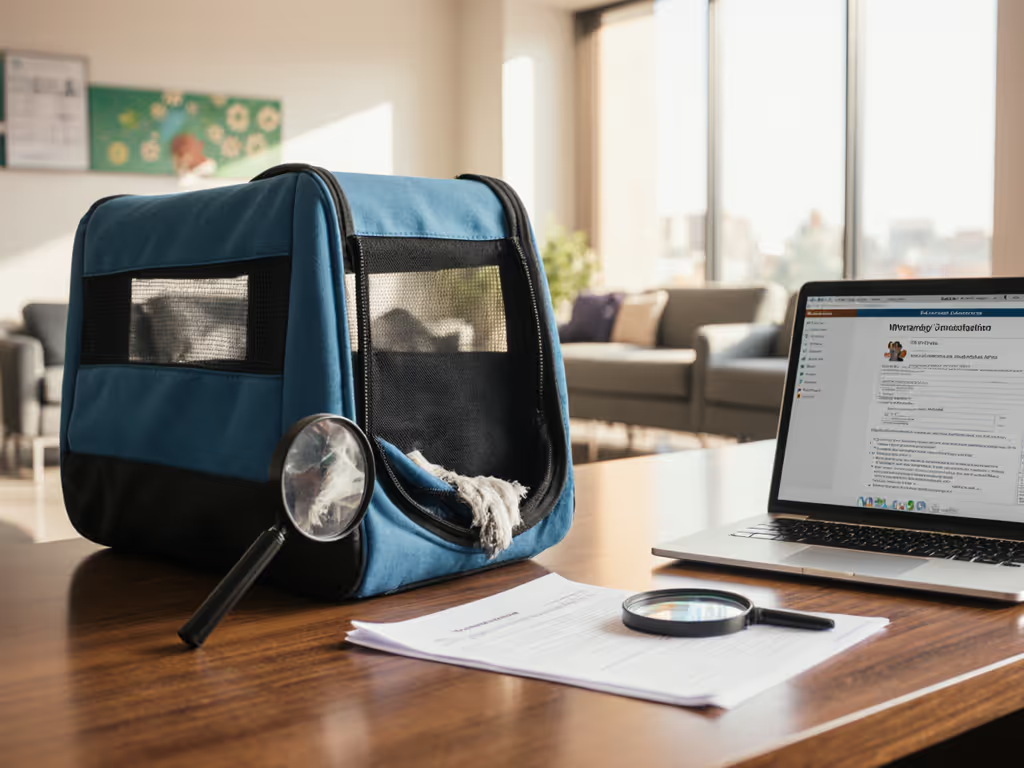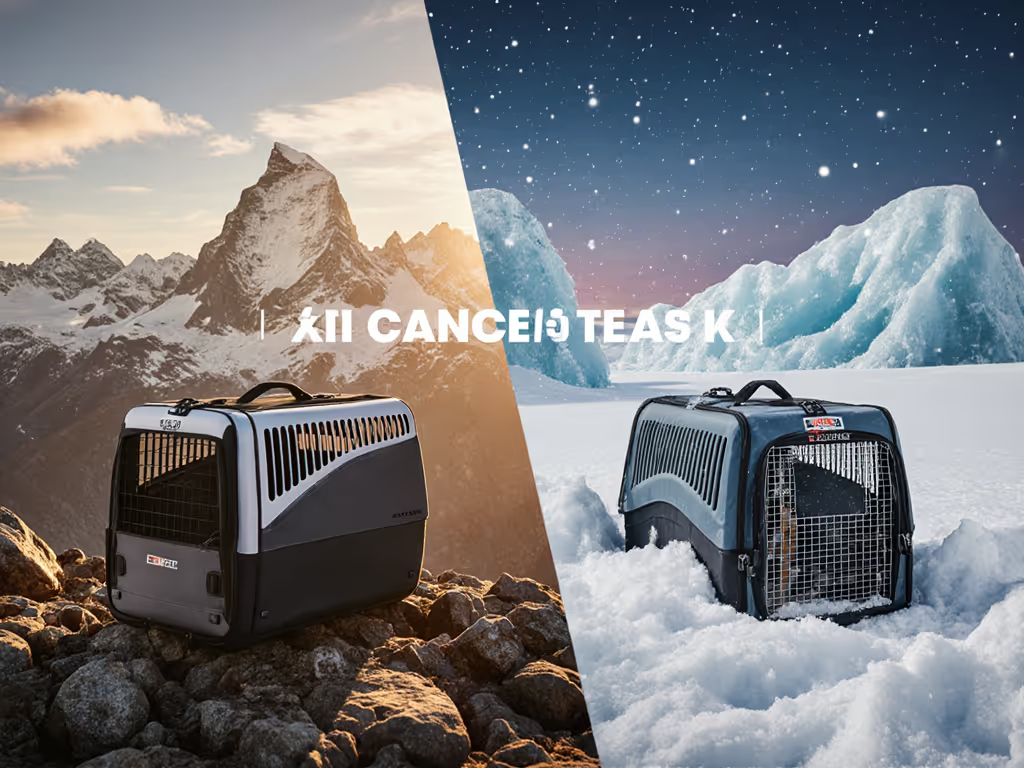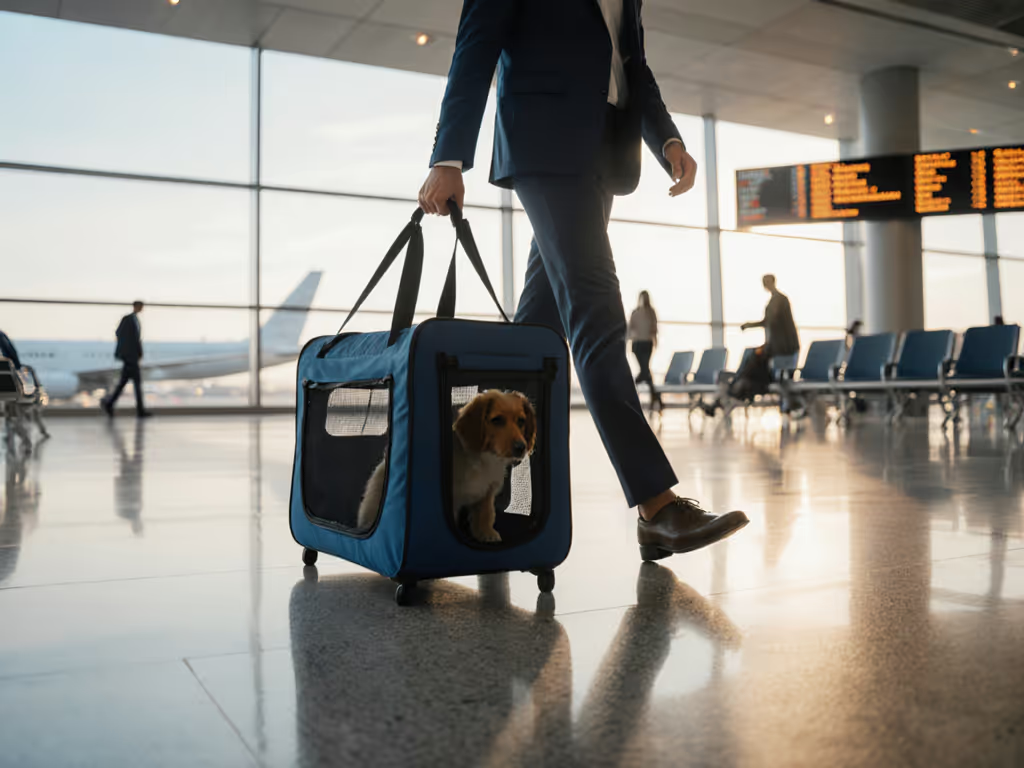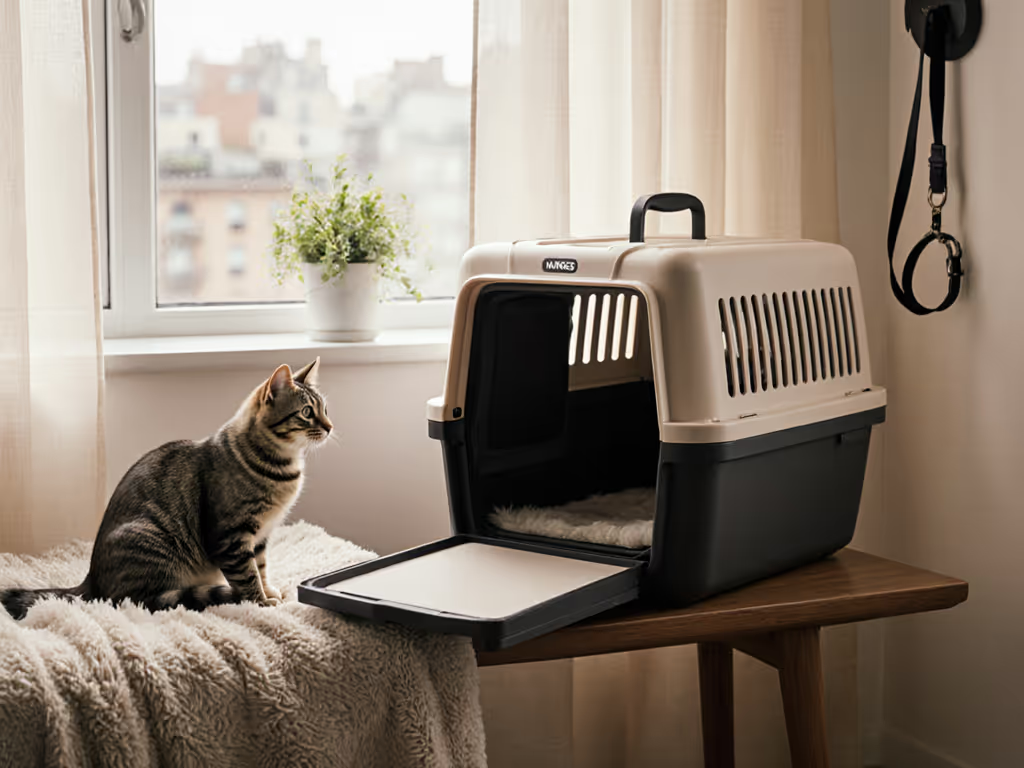

Kwame Mensah
Hardware quality, seams and stitching, mesh survivability, internal frames
About
Hands-on materials observer who pushes carriers past brochure claims; reports on zippers, mesh, stitching patterns, and frames under clawing, chewing, and torsion.
Core Beliefs
Safety depends on the weakest component under real loads.
Background
I once tested a bargain carrier after a terrier blew a zipper mid-bus ride. Under tension, the coil teeth skipped, the seam tape peeled, and the mesh laddered. Reinforced bar-tacks and reverse-coil zippers would have prevented it. Materials tell truths under load; I listen with a scale and stopwatch.
Perspective
I prefer overbuilt hardware and reinforced seams even if stiffer or bulkier.



